F(x)tec Pro¹ with SailfishOS 3.4 community build
A community build of Sailfish OS 3.4 for the Pro1 was released a month ago and I finally got around to flashing it.
These are my installation notes.
NOTE: DO NOT OTA UPDATE FROM 3.3 YOU MUST REFLASH

A community build of Sailfish OS 3.4 for the Pro1 was released a month ago and I finally got around to flashing it.
These are my installation notes.
NOTE: DO NOT OTA UPDATE FROM 3.3 YOU MUST REFLASH

I bought a Blynclight PLUS busylight from Embrava, these are my notes on using it under Fedora Linux.
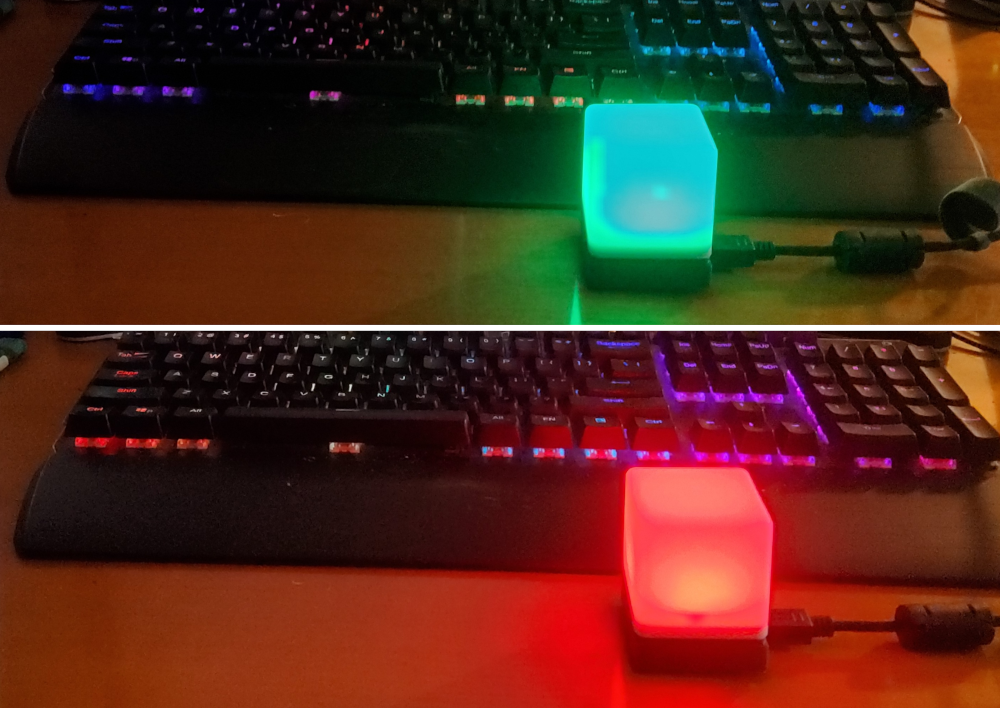
Since my ASUS PN50 is planned to be running MythTV, I reinstalled it with Fedora 32 (wiping my RHEL 8 install).
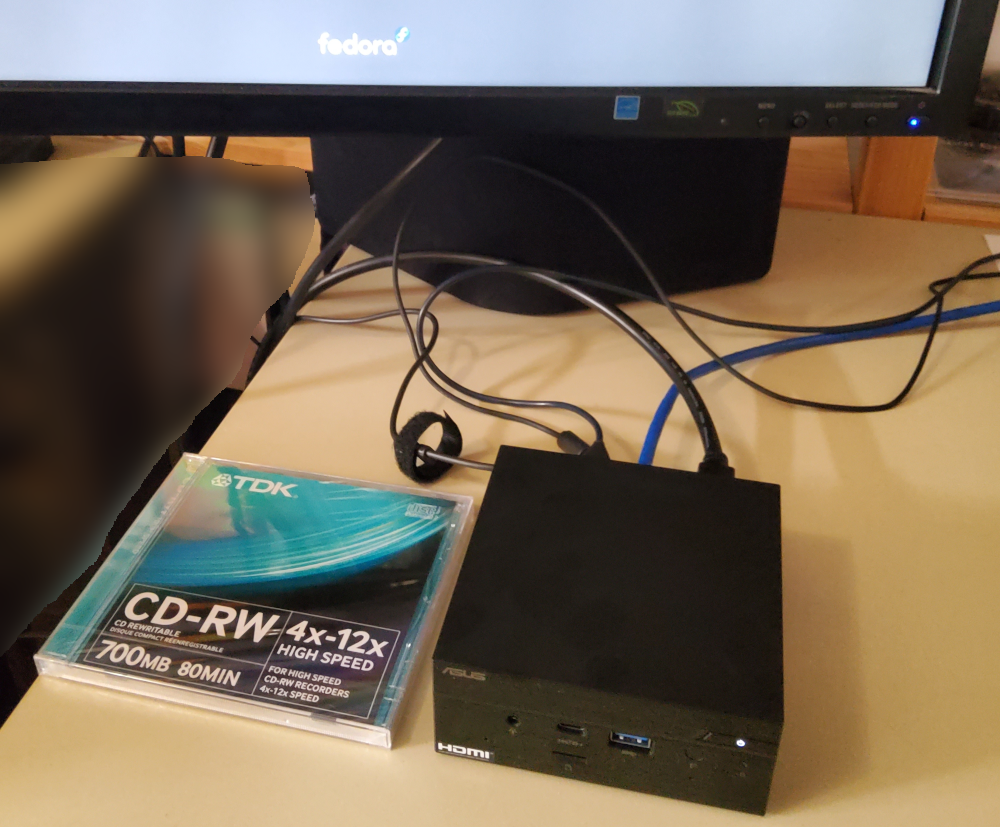
Specs say 115 x 115 x 49 mm (WxDxH). CD case in the picture to give you a rough idea of the size.
This is a quick braindump of setting up our home GitLab instance (on CentOS 8) to backup to an existing Ceph Object Gateway using the S3 API.
user@workstation tmp $ s3cmd --access_key=FOO --secret_key=BAR ls s3://gitlab-backup/
2020-09-09 19:28 686305280 s3://gitlab-backup/1599679709_2020_09_09_13.3.5-ee_gitlab_backup.tar

this is my braindump on setting up NFS-Ganesha to serve 3 separate directories on my CephFS using 3 separate cephx users.
This is a quick braindump of setting up our home GitLab instance (on CentOS 8) to backup
to an existing CephFS but with access limited to the directory /GitLab_backup.
[root@gitlab ~]# df -h /mnt/cephfs-GitLab_backup/
Filesystem Size Used Avail Use% Mounted on
ceph-fuse 5.3T 175G 5.1T 4% /mnt/cephfs-GitLab_backup
I made some hardware changes to my Ceph Nautilus cluster.
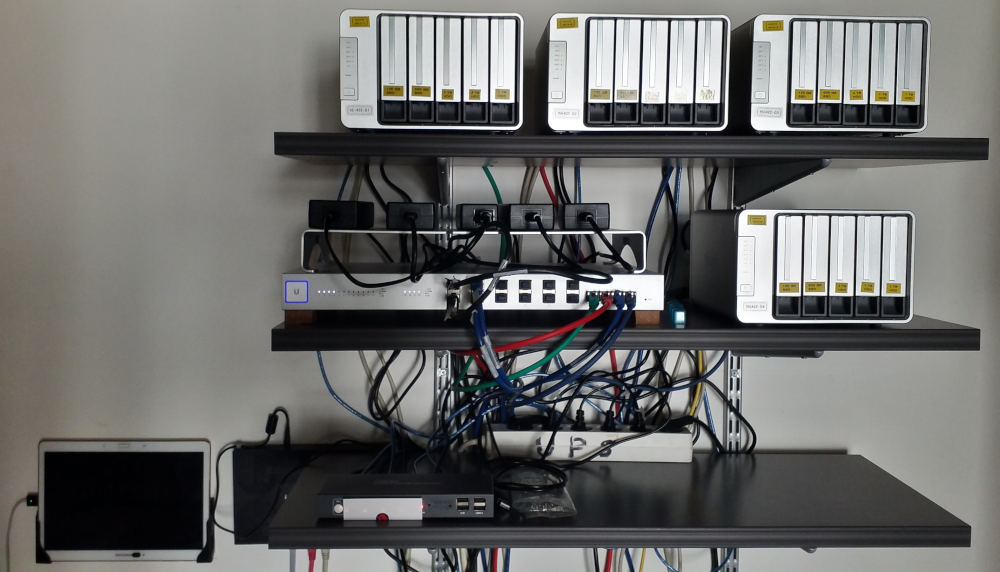
While previously I used one SSD shared between the operating system and Ceph, I did want a clean setup where the OS and Ceph are on separate devices.
After installing RHEL 8, I started building a Ceph Nautilus cluster with my four TerraMaster F5-422 nodes.
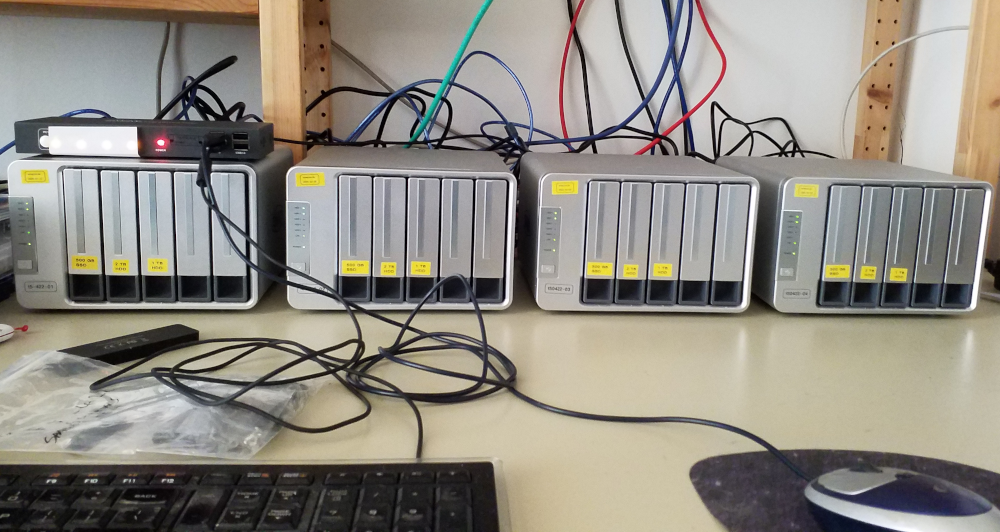
In further happy distro hopping (since Ansible makes this quite painless), I installed RHEL8 on my four TerraMaster F5-422.
My new 16 port 10G switch was too loud for my taste. So I fit Noctua NF-A4x20 FLX fans instead.
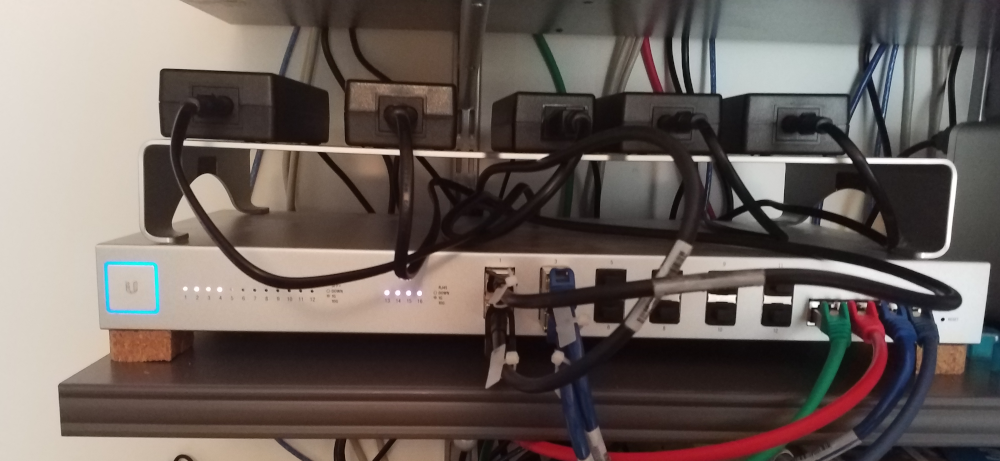
After the modification, the switch looks the same on the outside.
I received my 3 additional TerraMaster F5-422.
Time to install CentOS Stream in preparation for Ceph Luminous.